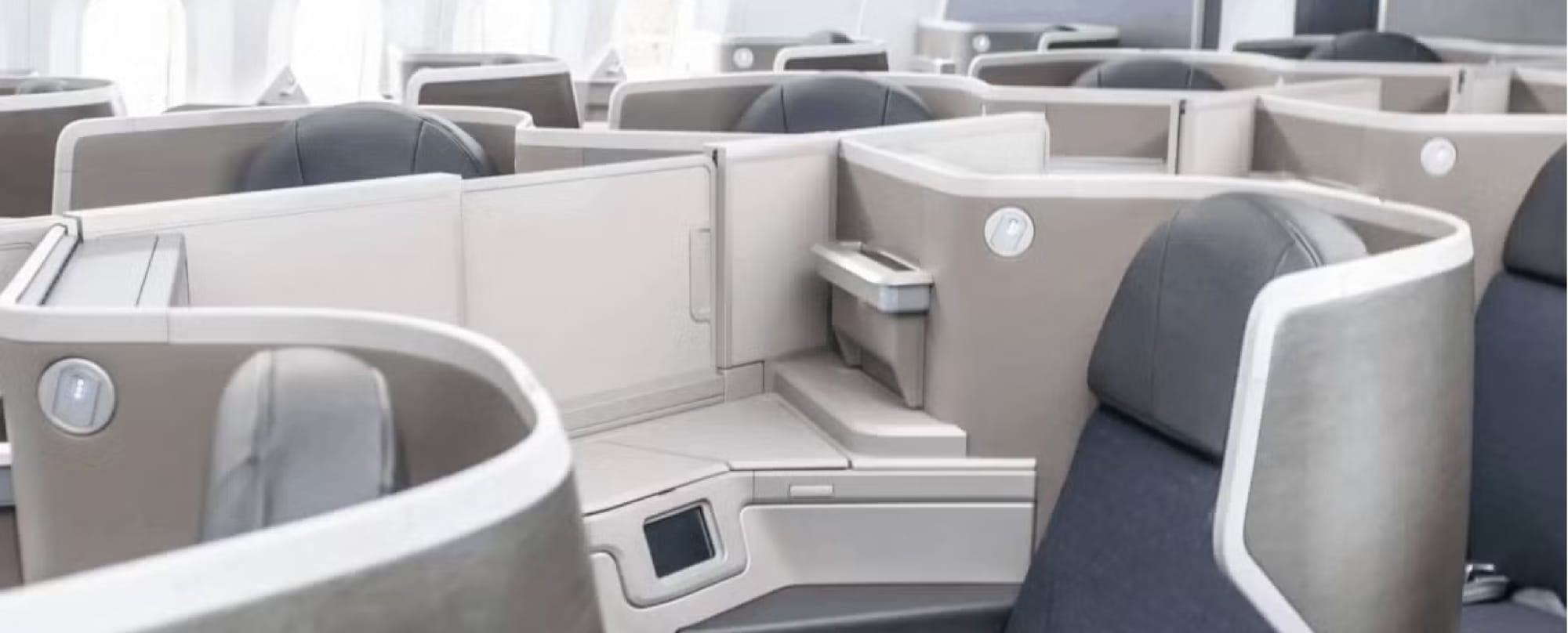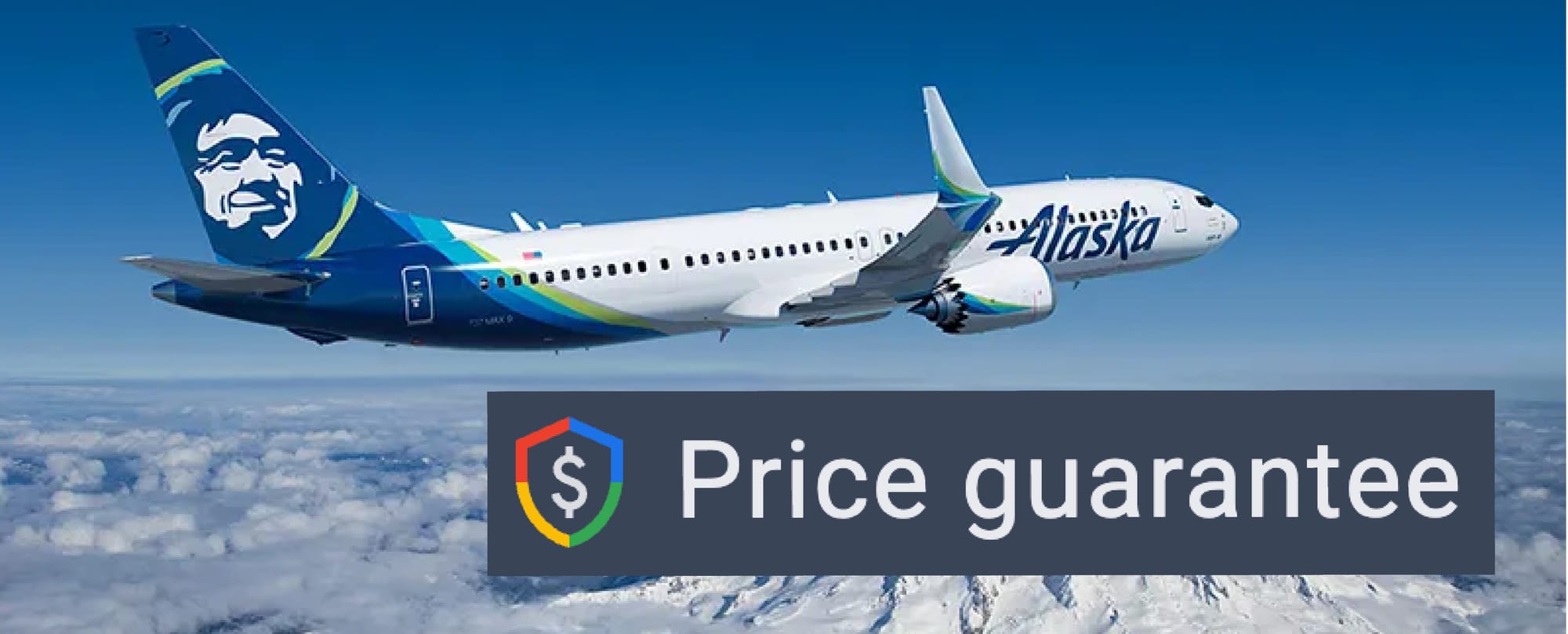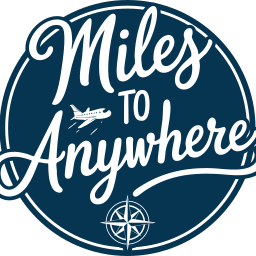How to Fly Lie-Flat on a Domestic Flight (Without a Trust Fund or a TikTok Deal)

Ever looked longingly at the lie-flat seats while dragging your backpack through Row 32? Yeah, same. The good news: there’s a sneaky little travel trick that might land you in one of those dreamy seats—on a short domestic flight—without burning through a mountain of miles or selling your soul to an upgrade list.
This unicorn scenario exists thanks to a thing airlines do called scheduling efficiency (translation: planes are expensive and should never sit still). When international demand slows down, like in winter, airlines often use their big international jets on short-haul domestic routes to keep them in the air and making money. That’s where you, a savvy traveler, swoop in.
Wait, Why Is There a Giant Plane on a Short Route?
Simple: An airplane only earns its keep when it’s flying. So rather than letting international aircraft nap at a hub all day, airlines keep them busy by sending them on domestic routes between high-traffic airports. These widebody planes—think Boeing 777s and 787s—are usually loaded with international bells and whistles, like lie-flat seats, better cabin air, and the quiet luxury of not sitting 17 inches from someone.
During slower seasons (think winter, when fewer folks are flying across the Atlantic), airlines often plug these long-haul jets into shorter domestic routes between hub cities to keep them busy. It’s efficient for them and a nice surprise for you if you snag the right seat.
Real-World Example: MIA to PHL on American
Let’s use an example: American Airlines' Miami to Philadelphia route. A round-trip Main Cabin ticket might cost around $423. That’s pretty standard, but here’s the twist—American sometimes runs this route with a widebody aircraft. And if you know how to play your cards (or points) right, you could snag a lie-flat seat without shelling out for an international ticket.
If that jet happens to be a Boeing 777 or 787, you’re looking at a lie-flat seat usually reserved for international routes. This isn’t your typical domestic First Class seat with a little extra recline. This is full sleep-mode, feet-up, blanket-on luxury.

How to Get the Upgrade
Alright, here’s the part where it gets juicy. There are two main ways to get up front:
-
1. If You Plan to Use Points or Pay for the Upgrade:
You need to book at least a Main Cabin fare. Basic Economy doesn’t cut it. You’ll be locked out of any upgrade opportunity, no matter how many miles you wave around. Main Cabin unlocks your ability to use AAdvantage miles or cash for an upgrade offer after booking, or through the waitlist system. -
2. If You’re Banking on an Elite Upgrade:
You can book Basic Economy if you’re feeling lucky—but you better be holding some serious status. We’re talking Platinum Pro or higher on American. Without top-tier status, you’re likely just donating yourself to the middle seat gods.
And remember: this isn’t unique to American. Most major U.S. airlines (Delta, United, etc.) follow the same general strategy. So you can apply this approach to whichever airline you’ve pledged your loyalty to. If you hold elite status elsewhere, you’ve got a shot at the same domestic-widebody upgrade lottery.
How to Find These Unicorn Flights
-
Look for flights between hub cities. Think MIA to PHL, JFK to LAX, ORD to DFW—routes with high traffic and operational flexibility.
-
Check the aircraft type. On AA, look for 777s or 787s. Use Google Flights, ExpertFlyer, or the seat map on AA’s site. If you see a 1-2-1 configuration in First Class, that’s a widebody.
-
Pick the right season. These planes are more likely to pop up in winter when they’re not busy flying to Europe or Asia. In summer, airlines reroute their best jets across the Atlantic.
-
Fly midweek or off-peak hours. The quieter your flight, the better your chances of snagging an upgrade.
What’s the Catch?
Honestly, there aren’t many—but there are a few things to keep in mind:
-
Equipment Changes Happen. That shiny Boeing 777 you booked? It might get swapped for a boring old Airbus 321. Airlines make schedule changes all the time, and there's no guarantee the plane type will stay the same.
-
You’re Still Booking Domestic First, Not Business. Even if it’s a lie-flat seat, your ticket isn’t technically “business class” on domestic routes. So, if the airline swaps planes and your seat gets downgraded to a standard recliner, they’re not on the hook to compensate you.
So yeah, manage your expectations. This is less “guaranteed luxury” and more “cheap thrill if the stars align.”
Is It Worth It?
If you’ve always wanted to see what the front of the plane feels like without lighting your points on fire or draining your savings, this is a solid option. Especially if you're already flying a route like MIA to PHL, where widebodies tend to appear. Even if the upgrade doesn’t clear, you’ve still booked a smart fare that gives you more room regardless which cabin you're in. And if your upgrade clears? That’s your main character moment, my friend.
Want more smart ways to stretch your miles, dodge Basic Economy traps, and find secret lie-flat routes? Subscribe to Miles Weekly. We don’t just talk about the pointy end of the plane—we help you actually get there.
Previous Post You May Have Missed

Notes: Some links in this post may earn us a small commission at no extra cost to you, as we participate in affiliate programs. This is how we can continue to work and bring you the latest and best content.
All information is accurate as of the date of publication but may change over time.
Always check for the latest details before making travel plans.

